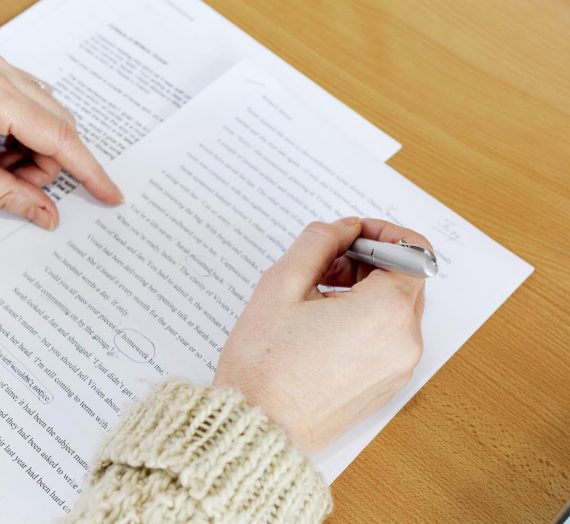There are four stances to take when giving feedback to an author. Are editors choosing the right one?
Have you ever received harsh feedback on a piece you wrote? Or have you ever received only positive feedback on a piece, even though you know your writing contained many flaws? What does helpful feedback look like and how should we deliver it?
THE RESEARCH
Emilia Illana Mahiques and Carol Severino (2021), researchers from Cornell University and the University of Iowa, respectively, conducted a study analyzing the different stances students take when giving writing feedback in a peer review setting. In Mahiques and Severino’s (2021) study “Spanish Writing Learners’ Stances as Peer Reviewers,” 18 university students wrote personal narratives and then reviewed each other’s writing. The researchers analyzed the students’ feedback by using questionnaires, interviews, a peer simulation, and author journals kept by the students.
The evidence indicated that students generally take one of four stances when giving feedback: critical, sensitive, interpretive, or supportive. Each stance is best suited to accomplish one of the following goals: to control the writer (critical), to empathize with the writer (sensitive), to act as an objective reader (interpretive), or to motivate the writer (supportive). In practice, these stances might look like leaving positive comments without pointing out flaws (supportive) or only highlighting the flaws without mentioning the strengths of a piece (critical). Others could look like creating a variety of comments about both flaws and strengths in a respectful tone (sensitive) or leaving a variety of comments that are objective and neutral (interpretive).
“Learning about the stances is vital because they correspond to students’ self-perceptions as feedback reviewers and further guide the students’ use of the different feedback types.”
—Illana-Mahiques, Severino (2021)
Mahiques and Severino (2021) conclude that the stance a student decides to take when editing is identical to how the same student would want to receive feedback on their personal writing; they also concluded that “students develop these stances based on their beliefs and perceptions about peer review” (30).
THE IMPLICATIONS
Mahiques and Severino (2021) suggest that students should learn about these stances to understand the different types of goals and perspectives possible for peer reviewing. Each stance could elicit a different response from the author. More research is needed to make conclusions about an author’s reaction to these different stances, but it’s reasonable to assume, for example, that a sensitive stance might make the author feel respected and cared for as a writer, while a critical stance might make the author feel that the editor is more of an authority figure. Learning about these approaches to feedback will also help students understand their current editing stance and, when appropriate, try a different approach in order to give more constructive comments and develop a better relationship with the author.
But these findings can expand to all editors and writers, not just students. As editors, we should be aware of which stances we usually use when giving feedback, and make sure to use the stance that is most beneficial to the text and to the author. If need be, we can use Mahiques and Severino’s (2021) results to reorient ourselves towards a new stance in order to give our authors the best feedback possible.
To discover more about these stances, read the full article:
Illana-Mahiques, E., & Severino, C. 2021. “Spanish Writing Learners’ Stances as Peer Reviewers.” Journal of Response to Writing, 7(2), 6–36. https://scholarsarchive.byu.edu/cgi/viewcontent.cgi?article=1036&context=journalrw
—Xochitl Bott, Editing Research
FEATURE IMAGE BY WORKINGHAM LIBRARIES
FIND MORE RESEARCH
Take a look at Aaron Tobler’s Editing Research article to find out if feedback from technology is just as useful as human feedback: “Is Automated Feedback as Effective as a Tutor in Professional Writing?”
Take a look at Sam Niven’s Editing Research article to learn how to balance directness and politeness: “How Can an Editor Balance Directness and Politeness?”




